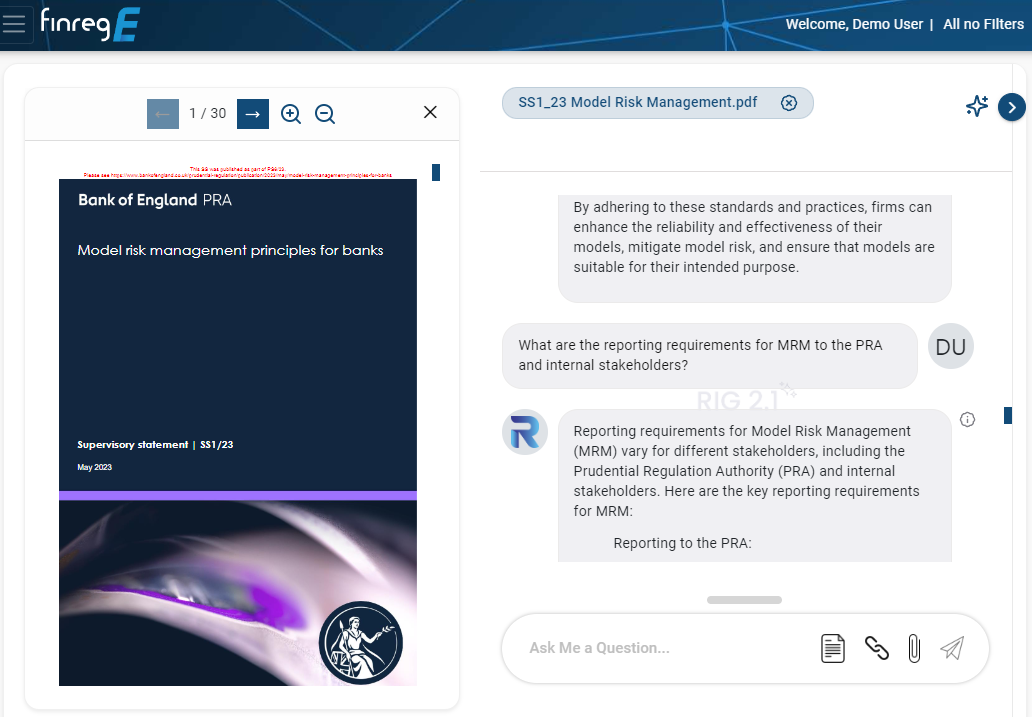Since COVID-19 surfaced in late 2019, it has been an unprecedented challenge for businesses across almost every industry. While the worst of the pandemic is behind us, the lingering effects are still being felt across the world.
Due to this volatile environment, financial institutions were forced to rely on novel, untested strategies to continue their services. From WFH arrangements to the more extensive adoption of digital technologies, the measures taken by these institutions have added a considerable degree of pressure on all aspects of their operations.
Compliance workflows, in particular, have undergone significant changes, as regulators implement more stringent and complex regulatory requirements to ensure the safety of consumers, the resiliency of these institutions, and the integrity of information.
In addition to this, the calls for greater diversity, the waning trust in financial institutions, and the emergence of challenger institutions have compounded the compliance woes of financial institutions.
The ever increasing costs of compliance
The regulatory landscape across the finance industry is highly dynamic; as new regulations are introduced and older policies are retired, financial institutions have to overhaul their compliance processes to accommodate changing regulatory requirements.
As a result, these institutions incur ever-increasing costs to ensure compliance.
According to a recent PwC study on the industry, 40% of leaders recognised the rising costs of compliance as a major concern and stated that a significant portion of their budget is allocated to regulatory compliance, in addition to enhancing their capabilities and the customer experience.
Another study revealed that in 2020, the average cost of compliance was a staggering $5.47 million annually. This figure is expected to increase in the coming years as the industry continues to undergo digital transformation.
To succeed in this new normal, financial institutions need to achieve a synergy where every pound spent enhances their compliance processes, customer experience, and financial capabilities.
Heftier penalties for non-compliance
Financial regulatory authorities have always maintained a strict compliance regime and handed out hefty fines for those who fail to comply. In recent years, this has progressed to a whole new level.
In 2020, the total fines for non-compliance amounted to $10.6 billion, with the breakdown being 20% from employee errors, 20% as a result of criminal misconduct, and 60% owing to cyber attack-related fines.
Meanwhile, the volume of fines also increased to 759 from 97 in 2019. A significant portion of these fines had to do with the aftermath of the 1MDB scandal, in which Goldman Sachs was fined $6.8 billion by multiple regulators across the US and Malaysia.
Another notable incident involved the Australian bank Westpac, which was fined $1.6 billion for non-compliance with anti-money laundering regulations.
Increased emphasis on consumer data protection
In the current business environment, banks and other financial institutions rely on the internet for many of their transactions; those that involve sensitive financial data of millions of customers, making them a prime target for cyber attacks.
According to a report from VMware Carbon Black, in the first half of 2020 alone, financial institutions experienced a sheer 238% increase in the number of cyber attacks. Another study in May 2021 reported that, in the past year, 70% of financial institutions were targets of cyber attacks.
This increase in frequency—and intensity—means that financial regulators, especially in Europe, are enforcing stricter data protection regulations like GDPR, PCI DSS, HMDA and SOX to protect consumer data.
Financial institutions, therefore, need to invest heavily in their cybersecurity and digital infrastructure to ensure compliance more effectively.
The finance industry is going through an unprecedented time—and will continue to do so
Due to the COVID-19 pandemic, and many factors preceding it, the finance industry continues to face many regulatory challenges in 2021. As the rest of the world returns to some semblance of normalcy, financial institutions need to rethink their compliance workflows to overcome emerging compliance challenges and enjoy a redefined version of success.


